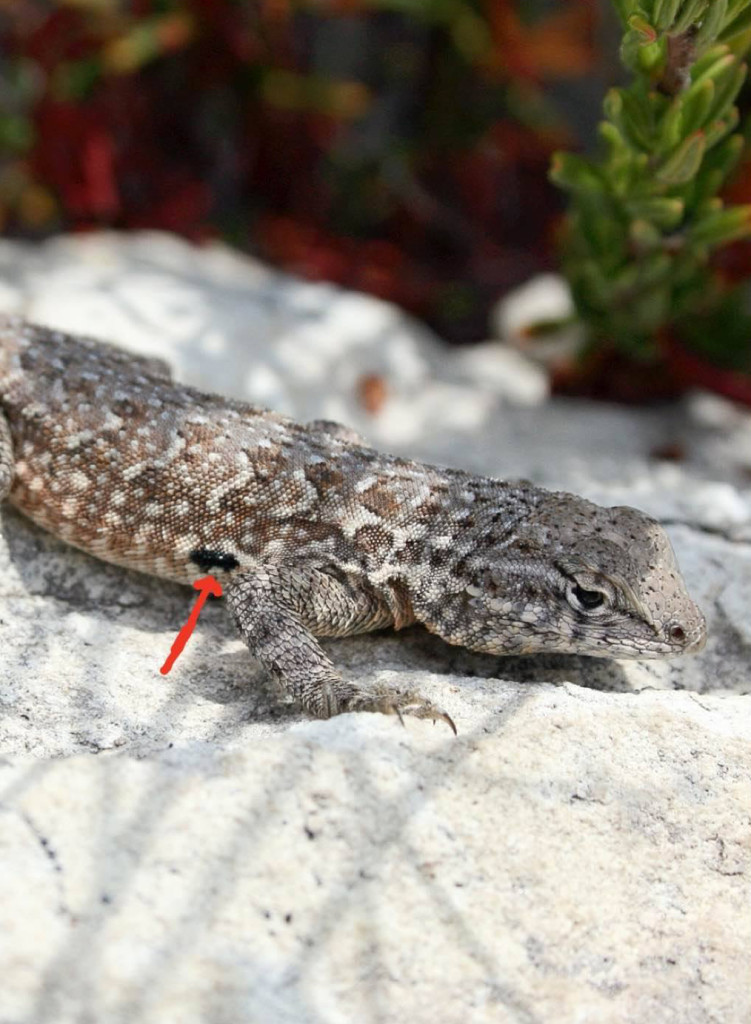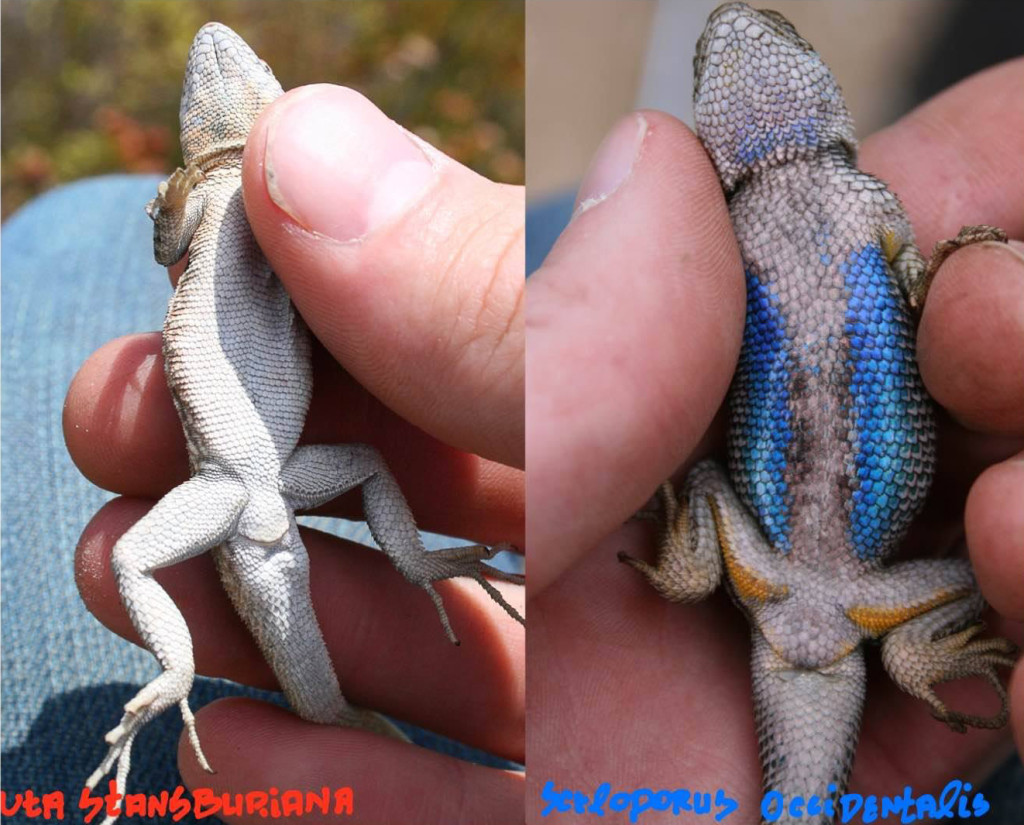As a child I was enthralled with reptiles, mesmerized by the unending stare of a snake and the myriad geometric patterns and colors of turtle and lizard scales. I would spend hours trekking through nearby fields and streams in search of all things slimy and scaly- a habit I never grew out of. Growing up in the Midwest, species of the western US up until now were encountered only as pictures in books and childhood daydreams. After relocating to the west coast, much of my free-time is spent in the field attempting to catch a glimpse of the native reptile and amphibian species of central California. More recently, I have become interested in identifying and untangling the seemingly unfathomable number of bird species found here on the Central Coast. As I encounter local species of reptiles, amphibians and birds I will be posting pictures of these animal encounters along with interesting natural history facts about each specimen. There is so much beauty within the world to be discovered and appreciated; why not start in one’s own backyard.
Okay, changing things up a bit. I had planned on presenting a different species; however, I came across this guy at the beginning of the week and thought he’d help the sequence flow along a little better. This is Uta stansburiana, the Side-blotched lizard, a species that at first glance can look somewhat similar to the Western fence lizard we just looked at. Like the Western Fence lizard, the Side-blotched lizard is a small, fast, diurnal (active during the daytime) species of lizard that feeds primary on insects. Hmmm, why is it called a Side-blotched lizard?
Boom! Regardless of dorsal pattern and coloration, Side-blotched lizards will display an axillary (near the arm pit) dark patch, as seen here. They are present bilaterally (on both sides) and both sexes have them. In addition to these blotches, which Fence lizards do not have, the Side-blotched lizard has fine, granular scales, as opposed to the spiky, coarse scales of the Fence lizard.
In most instances one cannot get very close to these flighty little lizards. This individual, however, was a very bold male that stood his ground when I approached. His machismo allowed me to show you another key difference between the two species…..
Have a look at the obvious differences on the ventrum between the male Side-blotched lizard (left) and the male fence lizard. Again, the hemipenal buldges and large femoral pores are indications that this Side-blotched is a male (in addition to his territorial behavior). Take a close look at the chin/throat area of the Side-blotched lizard on the left: notice the orange-tinge to the throat? Three sub-populations of males with different behavioral characteristics have been identified based on their throat coloration. Per californiaherps.com:
Orange-throated males – are dominant, aggressive and territorial and mate with many different females.
Yellow-throated males – do not defend territories. They mimic females and sneak past territorial orange-throated males to mate with their females.
Blue-throated males- guard their mates, chasing off the yellow males, but they are run off when confronted by orange males. Blue males also cooperate with neighboring blue males to protect their respective mates from the orange and yellow males, and their breeding is much more successful when they do so.
Pretty amazing stuff! Our arrogant orange-throated male certainly lived up to his reputation!



